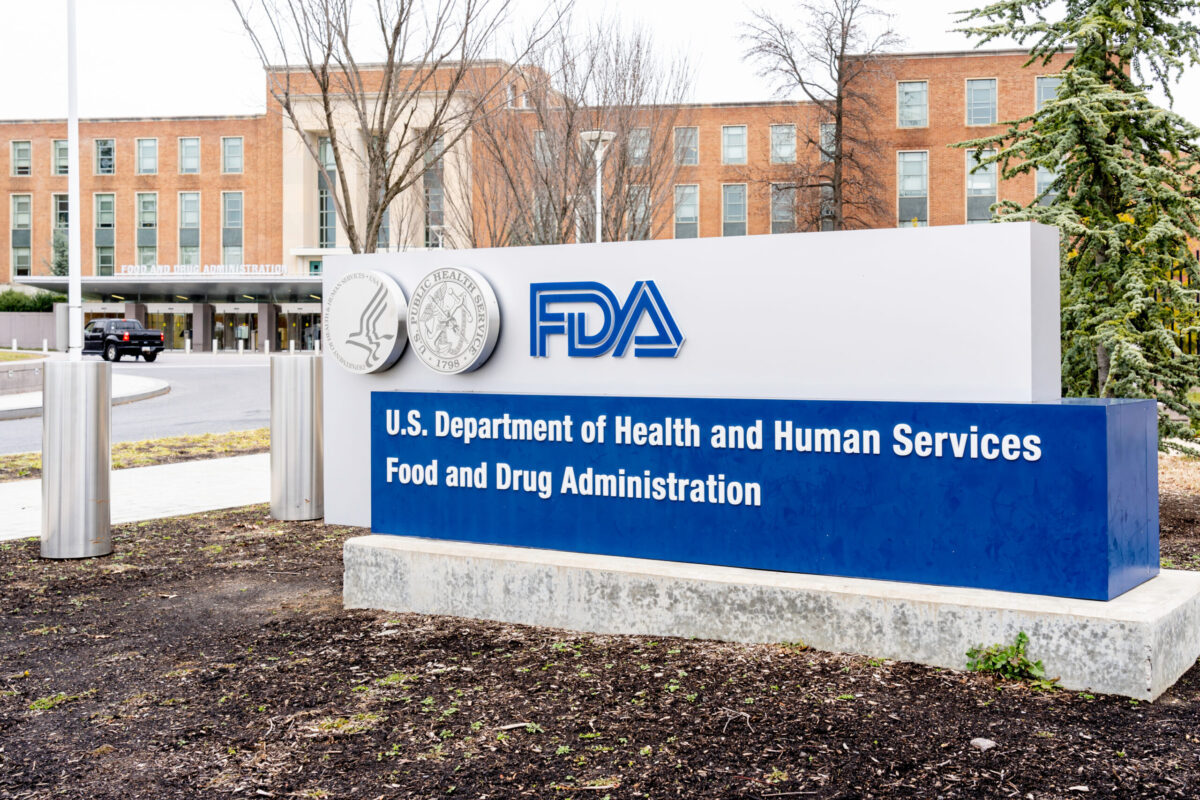In a press briefing on Monday, the World Health Organization (WHO) responded to questions about COVID-19 vaccine boosters that led to a flurry of misleading headlines in the media about the “dangers” of mixing and matching vaccines.
This was exemplified in a Reuters article that carried the headline, “WHO warns against people mixing and matching COVID vaccines.” Given that the news agency is one of the largest in the world, the headline took off like wildfire with similar offshoot headlines popping up across media outlets around the world.
The sound bytes were taken from remarks made by WHO chief scientist, Dr. Soumya Swaminathan, during the briefing in which she was asked about COVID-19 vaccine boosters. She responded by saying, “It’s a little bit of a dangerous trend here,” and that, “It will be a chaotic situation in countries if citizens start deciding when and who will be taking a second, a third and a fourth dose.”
Dr. Swaminathan was referring to additional vaccines shots, which are unwarranted given there is no data to back the need for booster doses at the moment. The “second dose” she referred to was likely in reference to what would be an additional dose for Janssen/J&J’s one-dose shot.
Dr. Swaminathan also called vaccine mixing a “data-free zone” on Monday but the WHO clarified on Tuesday that some data was available and more was expected. For example, while there is data on the mixing and matching of the Pfizer and AstraZeneca vaccines, there is no data on vaccine combinations that involve vaccines from Sinopharm and Sinovac, developed by China, or Russia’s Sputnik vaccine.
The comments were also connected to concerns about global vaccine access and vaccine distribution inequities, as she talked about people getting second, third and fourth doses when many people in lower income countries have not even received one dose of any vaccine.
Related: Disinformation Dozen: The Anti-Vaxxers Behind Most Social Media Misinformation
For people closely following vaccine developments, the misleading headline would come as a surprise given that WHO’s Strategic Advisory Group of Experts on vaccines said in June that the Pfizer vaccine could be used as a second dose after an initial dose of AstraZeneca, if the latter was not available. Reuters pointed this out in its article, but the fiery headline had already done the damage.
Social media was in a frenzy over the comments, with people expressing concern and confusion over the seemingly mixed messaging. The messaging was not mixed, but rather, lacked context.
Dr. Swaminathan also said that individuals should not be making decisions as to which vaccine to get (essentially shopping for vaccines) and that the decisions should be relegated to public health agencies.
The WHO made the clarification on Twitter:
CLARIFICATION: The WHO has clarified that public health agencies, not individuals, should make decisions on mixing and matching COVID vaccines, based on available data. We are deleting other tweets that lack context https://t.co/r3u0FKgvhb pic.twitter.com/ITjGM1PvPD
— Reuters (@Reuters) July 13, 2021
And this has exactly been the case.
For example, given the interchangeability of the mRNA vaccines from Pfizer and Moderna (as they are the same class of mRNA vaccine), Public Health Canada gave the go-ahead to mix and match the vaccines. It also green-lighted a Pfizer and AstraZeneca vaccine combination given data and evidence from research studies that support the mix. Countries in Europe like the UK and Germany have taken the same approach. The interchanging of vaccines has been approved by health agencies in these countries due to delays they have experienced in vaccine shipments from the different vaccine makers.
And the science backs this. Several studies support the pairing of the Pfizer and AstraZeneca vaccines, including research from the UK, Spain and Germany. The studies have shown that robust immune responses are achieved when a Pfizer vaccine dose is followed by a dose of AstraZeneca. Recent results from a University of Oxford study demonstrated that a heterologous dosing schedule of a shot of Pfizer followed by a shot of AstraZeneca led to immunogenicity that was actually higher than a homologous schedule (i.e. two doses of the same vaccine).
Misleading Headlines: Context and Negative Information
The WHO media fiasco serves as a classic example of how misleading headlines can quickly lead to the spread of misinformation, which has been a rampant problem throughout the pandemic. Statements become misleading largely due to a lack of appropriate context.
In the case of the WHO statements, the context included the question itself, which pertained to vaccine boosters. And in turn, the question’s context was Pfizer’s recent announcement of seeking FDA approval for a third booster dose of its COVID-19 vaccine. While booster doses are being studied, there is currently no data to support the administration of additional vaccine doses. In fact the FDA and CDC released a joint statement last week saying that people who have been fully vaccinated do not need a booster shot at this time. The agencies said they are “in a science-based, rigorous process to consider whether or when a booster might be necessary.”
Global inequities in vaccine distribution was another contextual arm that failed to make it into the headlines. WHO wanted to discourage people from getting more than they need in order to conserve doses for people who haven’t had any at all.
Without context and perspective, information can be misinterpreted, or even intentionally misconstrued to spawn fear and negativity for clicks and views. This is perhaps not surprising as a recent study revealed that negativity spreads faster than positivity online, and news organizations at both ends of the political spectrum are exploiting this on social media outlets like Twitter.
“If it bleeds, it leads,” said Amit Goldenberg, assistant professor of business administration at the Harvard Business School, and one of the lead authors on the study, in an article on the research findings. “Although people produce much more positive content on social media in general, negative content is much more likely to spread,” Goldenberg said.
He also said it appears that high-arousal emotionality is more engaging. For example, high-arousal emotions, like anger and excitement, are often more engaging than low-arousal emotions, like sadness or calmness.
Misinformation bred out of negativity and fear mongering has been a constant throughout the pandemic. From propaganda about the COVID-19 pandemic itself to wrongful information about vaccines, social media has been rife with clickbait, sensationalist and misleading headlines that have negatively impacted things like vaccine hesitancy.
Misinformation can come in the form of data- and evidence-less conspiracy theories or headlines that are tweaked to be attention-grabbing at the cost of truth and context. The media can often find itself navigating between facts and conspiracies, and it is their job to provide an accurate lens for both (i.e. facts based on evidence, and conspiracies exposed for a lack thereof).
Media outlets have the responsibility to present information objectively and with appropriate context. Click bait headlines may drive traffic to pages in the heat of the moment, but is that worth the cost of sacrificing journalistic integrity and putting reputations and credibility on the line? As they say, the truth always comes out and in the process, the lies eventually lose out.
Maintaining high journalistic standards is particularly important in evolving situations such as the current pandemic. The media has a critical role in disseminating information that is truthful and objective for the greater good of the public it serves.












Join or login to leave a comment
JOIN LOGIN